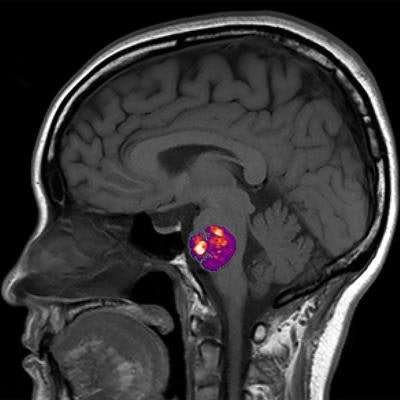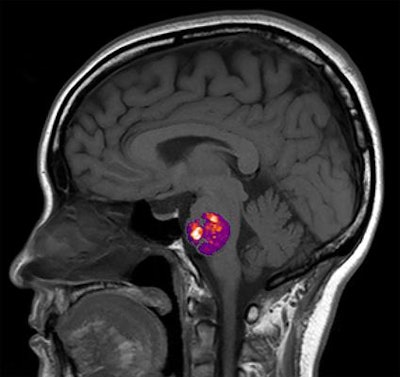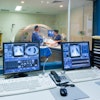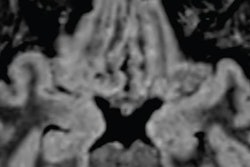
Using MRI, researchers have confirmed a link between high levels of a particular gut bacteria and a vascular malformation called cavernous angioma that can induce strokes, seizures, and headaches. The study was published May 27 in Nature Communications.
A team led by Dr. Sean Polster of the University of Chicago used genomic analysis techniques to compare stool samples from 122 patients who had at least one cavernous angioma seen on brain MRI to patients who did not have any angiomas.
 A National Institutes of Health-funded study found a link between the appearance of abnormal, stroke-inducing blood vessel bundles, called cavernous angiomas, and the composition of a person's gut bacteria. Image courtesy of the University of Chicago.
A National Institutes of Health-funded study found a link between the appearance of abnormal, stroke-inducing blood vessel bundles, called cavernous angiomas, and the composition of a person's gut bacteria. Image courtesy of the University of Chicago.Angioma patients had more gram-negative bacteria (that is, bacteria that do not hold the violet stain used in bacterial differentiation), while the control subjects had more gram-positive bacteria (bacteria which do hold the stain), the group found. Bacteria from patients with cavernous angioma also produced more lipopolysaccharide molecules, which has been shown to contribute to cavernous angioma in mice, the researchers wrote.
The study is the first to show in humans that a "permissive microbiome" is associated with the formation of neurovascular lesions in the brain, and it supports increasing evidence of the role of gut bacteria in brain health, according to Polster and colleagues.


.fFmgij6Hin.png?auto=compress%2Cformat&fit=crop&h=100&q=70&w=100)





.fFmgij6Hin.png?auto=compress%2Cformat&fit=crop&h=167&q=70&w=250)











